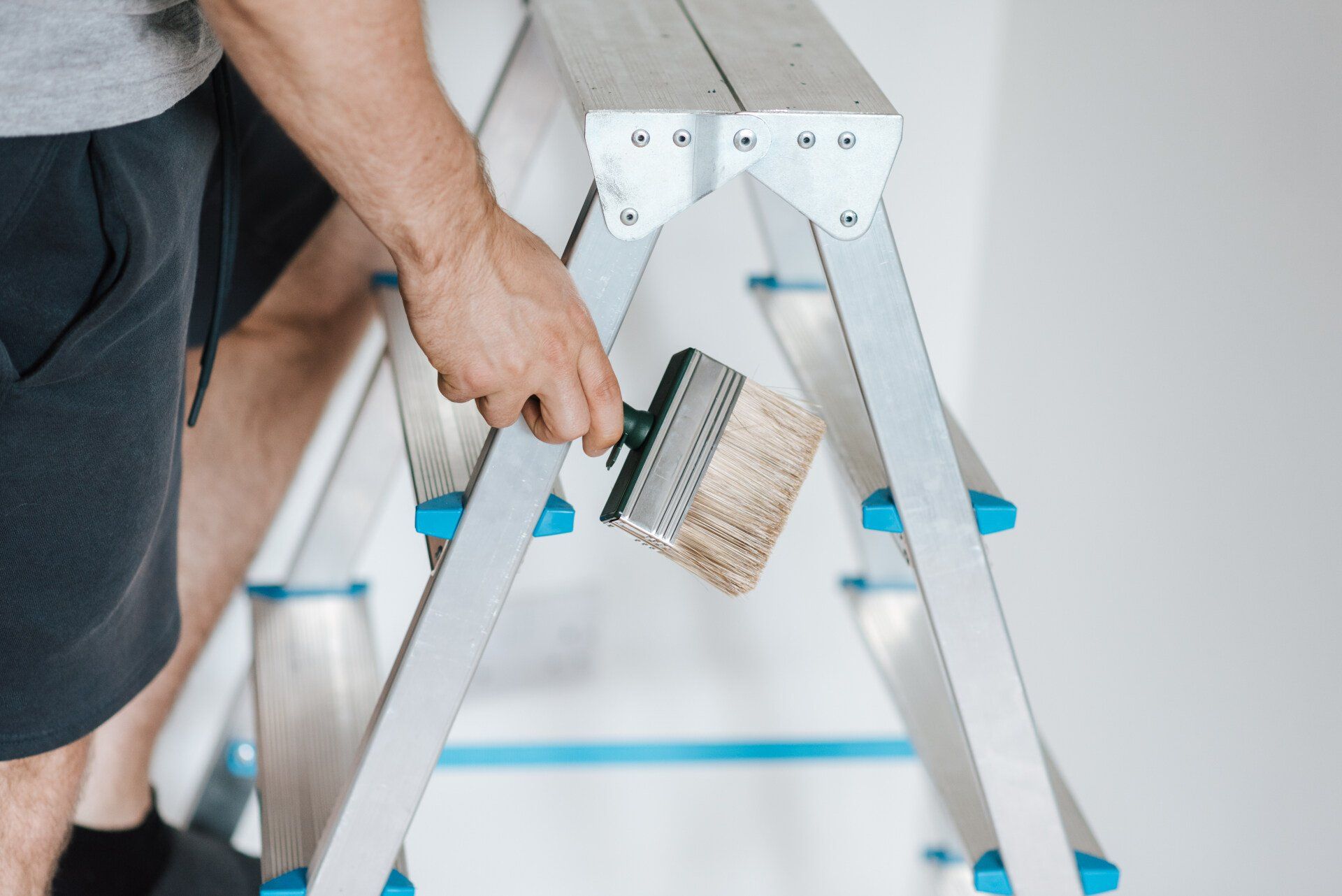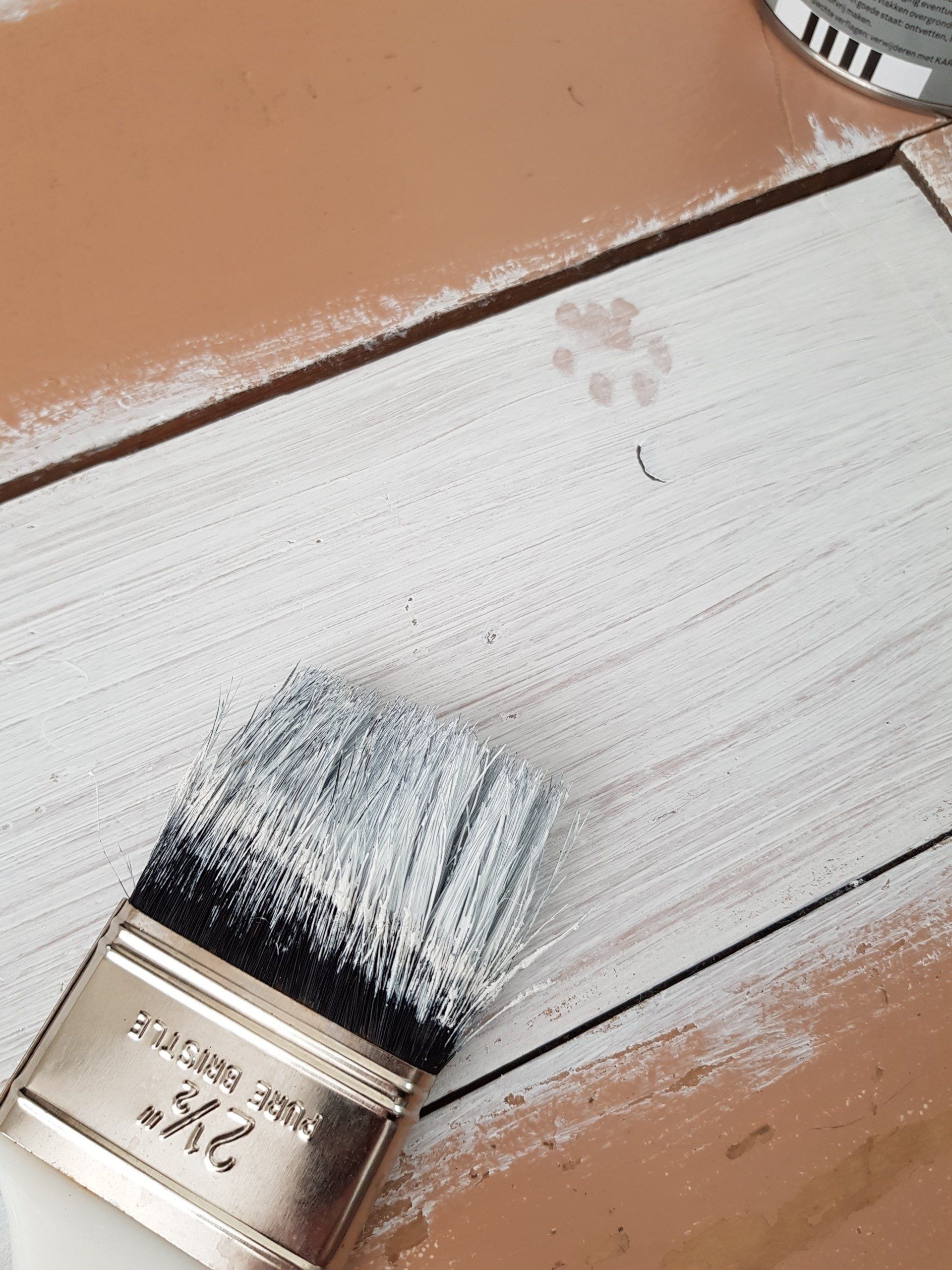Whitewash and Limewash: What's the difference?
Whitewash and Limewash: What's the difference?
If you've made the decision to make the exterior of your house or fireplace bricks a makeover or you're looking for the right shade of paint for your home, there are many questions regarding limewash versus whitewash. Although some people refer to them as the same thing, they're not identical. What is the difference between whitewashing and limewashing? Are they better than each other for your painting project?
Allow us to give you the details on whitewash vs. limewash, including application techniques, differences in appearance, and other details that will aid you in determining which is best for your needs.
What Is Whitewashing?
Whitewashing is using a water-based color that is mixed with water. Apply thin layers using the use of a large, soft brush. It taints down natural shades of wood, brick, or other surfaces and creates an aged or weathered appearance. The painter may also employ a rag that is wet to wipe areas of paint off and allow a tiny bit of the stone or timber to show in the clear paint.
Although limewash can be found in various hues, the whitewashing process is traditionally white. Whitewashing also has other characteristics like the following:
- Acceptable for both outdoor and indoor use
- Smooths and coats rough surfaces
- Simple to apply
- Dries quickly
- It is ideal for use on unfinished, raw wood. This means that you'll need to remove any finish prior to applying.
- Apply a satin polyurethane water-based matte sealant in order to extend the life of your whitewash.
- If done correctly, whitewashing is a process that can last for between 20 and 30 years without needing to maintain it.
What Is Limewash?
Limewash is made of limestone that has been crushed and heated and then incorporated with water to create putty. After it has gone through an aging process, it is diluted with water to make a paint that has a mottled matte look and chalky texture. Limewash comes in white which is the natural color of limestone, as well as in shades of brown, gray, and taupe. They are made through the addition of natural pigments.
Limewash's characteristics include:
- It is suitable for outdoor and indoor use.
- The pH is high, which makes it hypoallergenic.
- Odor, moisture, fungal, and insect resistant
- Offers protection against elements from the outdoors
- It is easily removed within five days of painting.
- Perfect for porous surfaces such as brick, stone, and plaster
It can be applied to drywall, provided you apply an oil-based primer prior to applying.
If it is applied correctly, it will be able to stay in place, not flake off or chip. However, it may require regular touch-ups every 5 to 7 years.
In order to apply the limewash, you can use a masonry paintbrush to make feathered strokes. Apply many thin coats, at a minimum of three coats to get the best results. Limewash gets lighter after drying and it's recommended to try different colors. Since the paint is natural, and with all the variations that come with nature, there is a degree of uncertainty. In contrast to conventional paints that match perfectly to the swatches of paint in the shop, color and texture outcomes with limewash can vary.
Considering All Your Alternatives to Create a Weathered, Vintage Look?
Another method to assist you to achieve your painting goals is using the technique known as German smear. It is also referred to as mortar wash. The process uses white mortar to apply smears over bricks or other surfaces to give an aged look.




